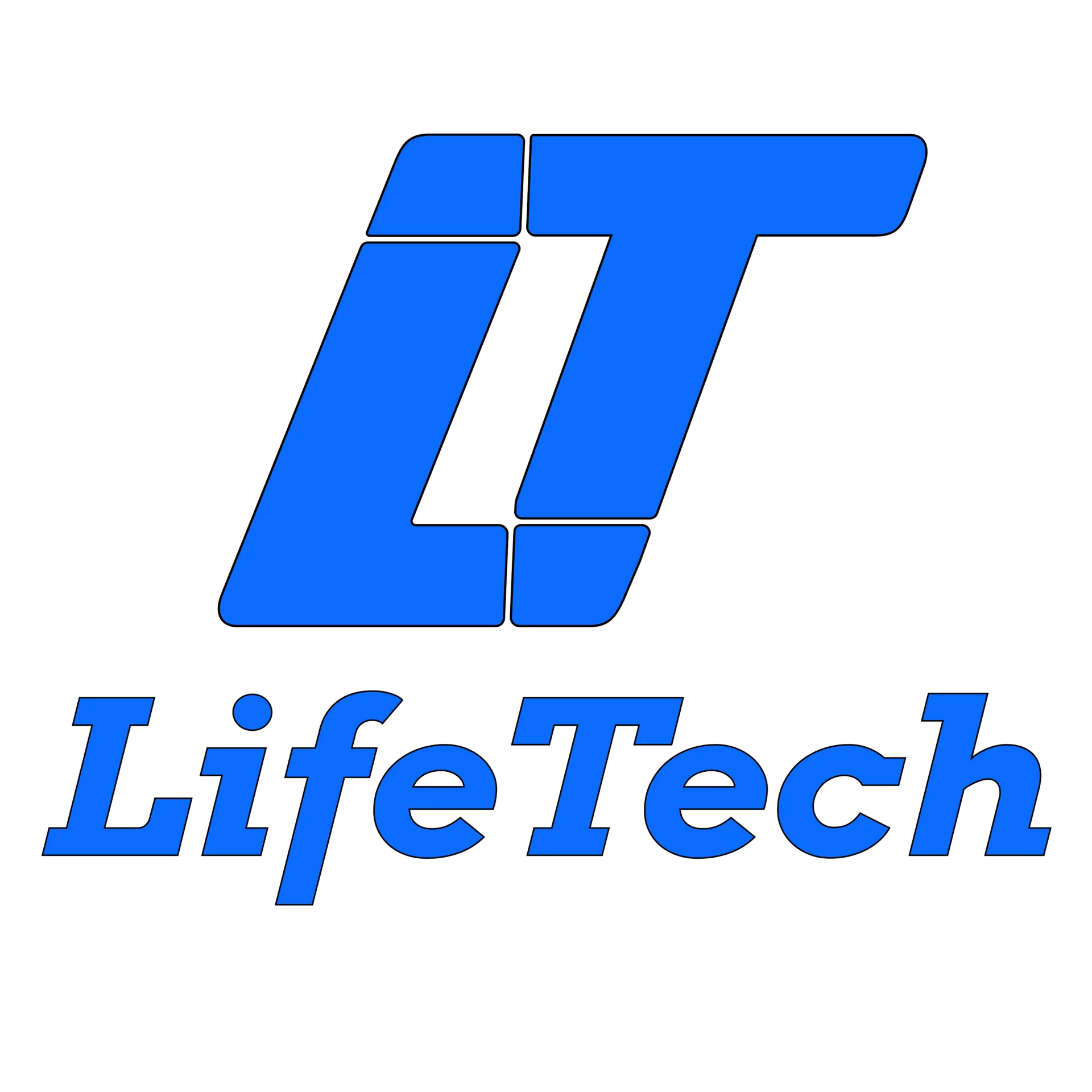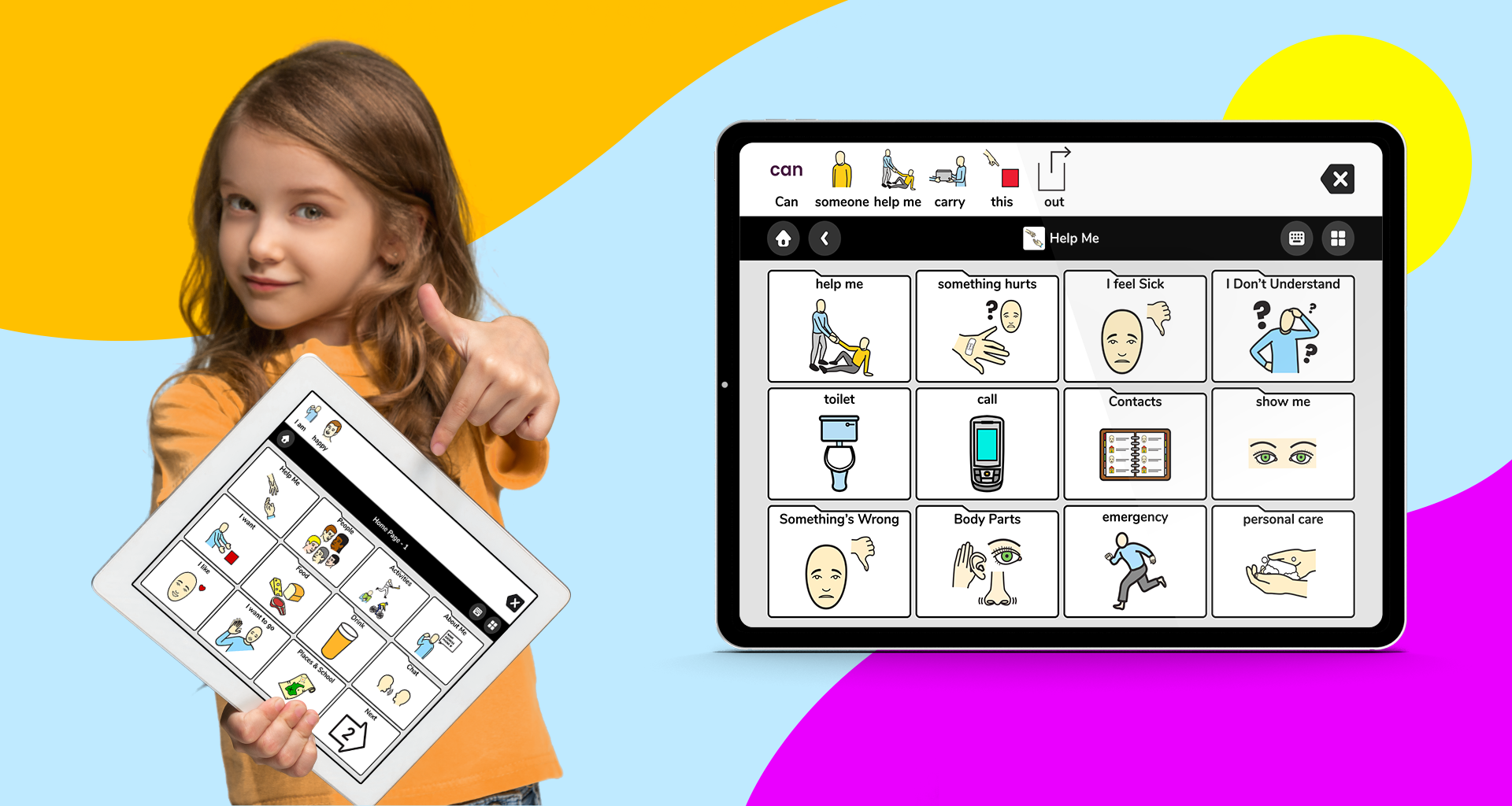Augmentative and Alternative Communication (AAC) includes tools and strategies that support individuals with barriers to speech or language in communicating their thoughts, needs, and emotions. These barriers can be temporary or long-term and may result from various factors. AAC empowers individuals to connect with others, participate in social interactions, and engage in daily activities.
AAC can be categorized into four types but is often separated by No-Tech, Low-Tech, and High-Tech:
- No-Tech AAC:
These require no external devices, relying solely on the body or available resources.
Examples: Gestures, facial expressions, pointing, and eye-gaze communication. - Low-Tech AAC:
These are basic, non-electronic tools that require minimal training.
Examples: Communication boards with pictures or symbols, letter boards, and paper-based systems - Mid-Tech AAC:
These are simple electronic devices that provide speech output or other forms of communication assistance but lack dynamic displays.
Examples: GoTalk devices, BigMack communicators, and simple voice-recorded message devices - High-Tech AAC:
These are advanced digital tools that often include speech-generating capabilities, dynamic displays, and integration with other technologies.
Examples: Proloquo2Go and TouchChat AAC apps on tablets, dedicated speech-generating devices like Tobii Dynavox, and eye-tracking communication systems.
Key Benefits of AAC:
- Enhanced Communication: Empowers users to express their thoughts and needs.
- Social Engagement: Promotes social interactions and relationships.
- Increased Independence: Reduces reliance on communication partners.
- Access to Opportunities: Supports participation in education, work, and community activities.
The history of AAC can be traced to the days of classical Rome and Greece, with the first recorded use of augmentative strategies with the deaf.





